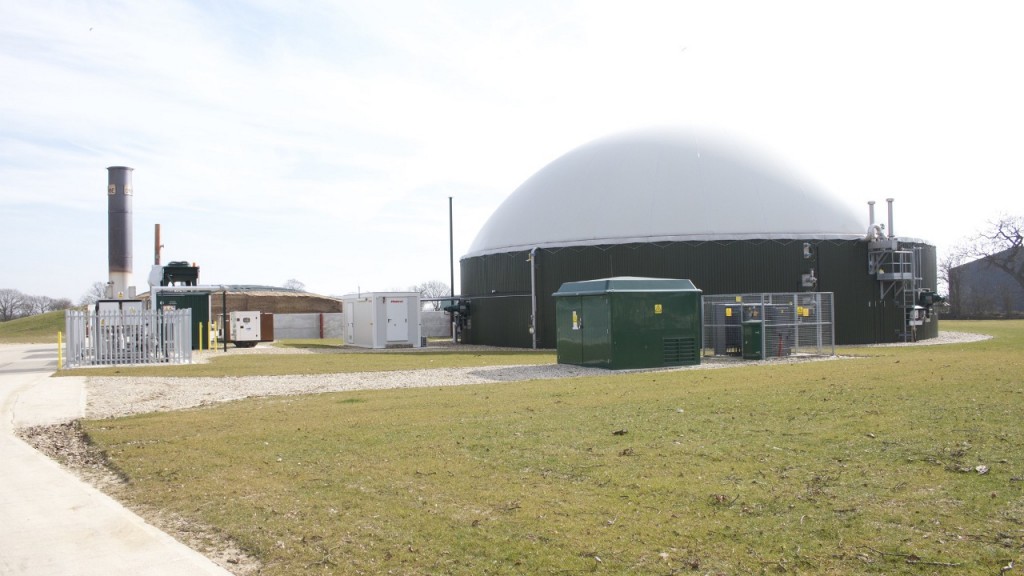Luxme’s one-step hot ash and biochar cooler and conveyor cuts costs for waste processors

In response to the increasing use of incineration to reduce the volumes of trash being sent to landfill, as well as a growing need by the thermal power industry, Luxme International has launched the THERMOLuxme, an enclosed conveying system that can safely transfer and cool hot ash and biochar materials from 700°F to 110°F in one single step.
Ideal for incineration and pyrolysis plants processing organic and non-organic waste materials, it eliminates the need for a separate chilling stage and can save operators more than $1,000,000 in equipment and floorspace costs, according to the company.
Hot ash and biochar must be cooled to ambient temperatures after combustion for safe handling in the next stage of the process. Made up of a tubular chain conveyor with the addition of jacketed pipes containing water or cooling fluid, the THERMOLuxme not only conveys and cools up to 1,100ft3 of hot biomass per hour, but also adheres to high safety standards. Its enclosed, sealed pipe assembly keeps work areas clean and free from dust and gases. The technology also features 150 PSI of explosion suppression thanks to its heavy pipe wall construction and the baffling effect of its conveying chain disc assembly.
Due to environmental concerns and pressures on land use, waste companies are increasingly incinerating trash rather than landfilling it. As the THERMOLuxme can cool material from 700°F to 110°F while it is being transferred through the conveyor, it is ideally suited for use in the waste management sector for the processing of ash and other hot materials after discharge from kilns, furnaces, or ovens.
In addition, there is growing demand within the bioenergy sector for a solution that can safely cool and convey biochar. Biochar describes the ash remaining after any organic material such as biomass, wood chips, or food waste has been carbonized under high temperatures in the absence of oxygen; a process known as pyrolysis. It has an inherent value as a biofertilizer due to its ability to sequester carbon in soil, making it a potentially lucrative soil improver/enhancer and a key player in the fight against global warming. In 2019, the global biochar fertilizer market was valued at $97.8m and is anticipated to increase by 18.6 percent from 2020 to 2027.
Any gases or moisture emitted from the hot material during transfer are contained and vented through the internal pipework using either vacuum, forced air, or inert gases. In addition, nitrogen blanketing is used for conveying volatile products which react when exposed to oxygen or moisture, ensuring the workforce is protected at all times.



